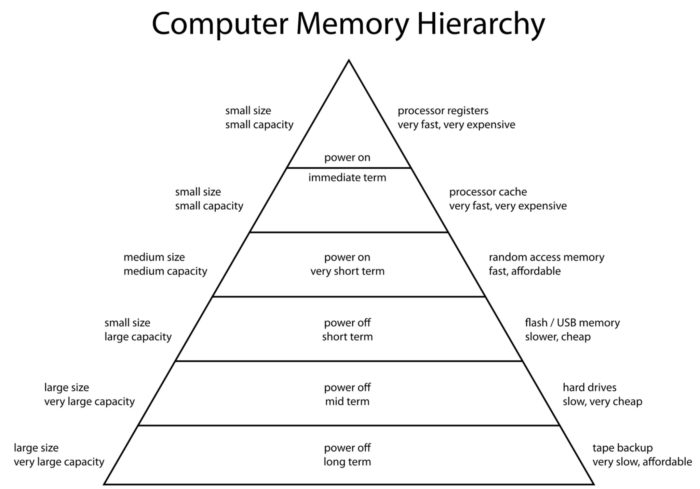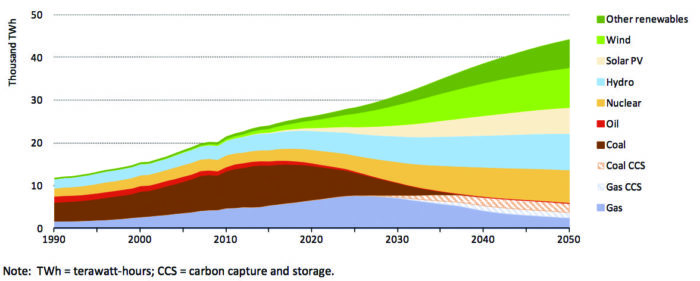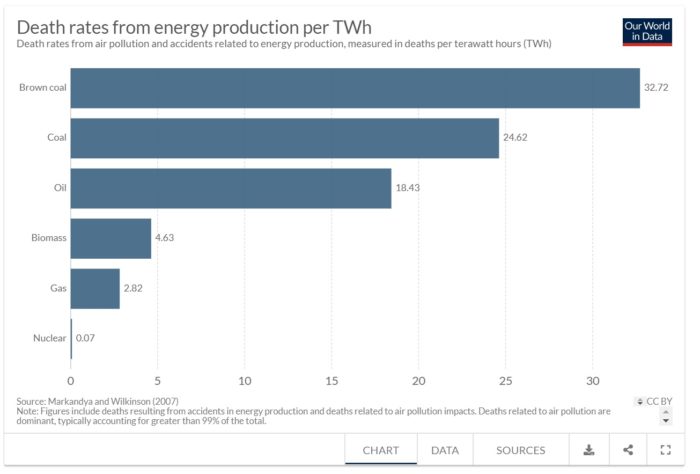Jun 28 2019
Mold In Space
 There are bacteria and mold aboard the International Space Station (ISS). This should come as no surprise, as these organisms follow humans everywhere we go. In fact it’s claimed that the ISS astronauts spend several hours per week cleaning mold off the ISS and wiping everything down. However, this first hand report by ISS astronaut Clayton C. Anderson says he did his cleaning duty every Saturday, but not as thoroughly as requested.
There are bacteria and mold aboard the International Space Station (ISS). This should come as no surprise, as these organisms follow humans everywhere we go. In fact it’s claimed that the ISS astronauts spend several hours per week cleaning mold off the ISS and wiping everything down. However, this first hand report by ISS astronaut Clayton C. Anderson says he did his cleaning duty every Saturday, but not as thoroughly as requested.
Still, as we spread into space, we need to carefully consider the microscopic ecosystem we will bring with us. A space ship or station is a self-contained environment, and as we plan trips back to the Moon and on to Mars, there will be longer and longer missions. Something as simple as a fungus may threaten those missions. A recent study of the resilience of mold spores highlights how challenging this may be.
The study looked at the effects of ionizing radiation on mold. They looked at the two most common species of mold aboard the ISS, Aspergillus and Pennicillium. They found:
The spores survived exposure to X-rays up to 1000 gray, exposure to heavy ions at 500 gray and exposure to ultraviolet light up to 3000 joules per meter squared. Gray is a measure of absorbed dose of ionizing radiation, or joules of radiation energy per kilogram of tissue. Five gray is enough to kill a person. Half a gray is the threshold for radiation sickness.
Those are some hardy fungi. For context a one-way trip to Mars is expected to expose travelers to 0.7 gray. That will be a problem for the humans aboard, not so much the molds.
As an aside, the exposure to radiation is a major limiting factor for space travel. The ISS is still within the Earth’s magnetic field, and so is somewhat protected. But anything beyond low earth orbit will be slowly fried by radiation. We need to figure out how to shield our ships and colonies if we are going to have a prolonged presence outside of low earth orbit. This, by the way, is why lava tubes may be the best location for stations on the Moon or Mars.

 Social psychology is the study of how people behave in social situations, so it deals with the complex interactions between personality, culture, and social pressures on how we behave and in turn are affected by each other. I took a social psychology course in college and it really opened my eyes. This was one of the first courses I took that challenged my assumptions in a profound way, because there is a disconnect between our assumptions about how people think and behave and how they actual do when objectively observed. In this way social psychology (and psychology in general) is an important pillar of scientific skepticism.
Social psychology is the study of how people behave in social situations, so it deals with the complex interactions between personality, culture, and social pressures on how we behave and in turn are affected by each other. I took a social psychology course in college and it really opened my eyes. This was one of the first courses I took that challenged my assumptions in a profound way, because there is a disconnect between our assumptions about how people think and behave and how they actual do when objectively observed. In this way social psychology (and psychology in general) is an important pillar of scientific skepticism. One of the most frustrating things about the climate change debate is that we already have viable solutions either at hand or nearly so, and we just need the vision and political will to prioritize the changes necessary to decarbonize our civilization. Some of the resistance is pure protectionism for vested interests, like the fossil fuel industry. However,
One of the most frustrating things about the climate change debate is that we already have viable solutions either at hand or nearly so, and we just need the vision and political will to prioritize the changes necessary to decarbonize our civilization. Some of the resistance is pure protectionism for vested interests, like the fossil fuel industry. However, This week we will have the first primary debates of the presidential cycle, with two Democratic debates of the top 20 candidates (10 each night).
This week we will have the first primary debates of the presidential cycle, with two Democratic debates of the top 20 candidates (10 each night).  One type of bad science reporting that is very common is reporting the speculation at the end of a study as if it were the finding of the study. For example,
One type of bad science reporting that is very common is reporting the speculation at the end of a study as if it were the finding of the study. For example, Universal memory is one of those things you probably didn’t know you wanted (unless you are a computer nerd). However, it is the “holy grail” of computer memory that, if achievable, would revolutionize computers. Now, scientists from Lancaster University in the UK,
Universal memory is one of those things you probably didn’t know you wanted (unless you are a computer nerd). However, it is the “holy grail” of computer memory that, if achievable, would revolutionize computers. Now, scientists from Lancaster University in the UK,  Authenticity is a tricky concept when it comes to people, and is increasingly being challenged both in psychology and even with regard to physical objects (with regard to objects, the value rather than reality of authenticity is questioned). Writing for Scientific American, psychologist Scott Barry Kaufman
Authenticity is a tricky concept when it comes to people, and is increasingly being challenged both in psychology and even with regard to physical objects (with regard to objects, the value rather than reality of authenticity is questioned). Writing for Scientific American, psychologist Scott Barry Kaufman  I was recently sent a link to a site purporting to advise – “
I was recently sent a link to a site purporting to advise – “ This is part 3 of my informal series about our energy infrastructure. My last post was about addressing concerns about nuclear energy, but really can only be understood in the context of our overall energy plan. The comments have been quite fruitful, and I would like to thank all the commenters who provided useful resources for further information, much of which I will synthesize here. That was exactly what I was hoping for, so again, thanks.
This is part 3 of my informal series about our energy infrastructure. My last post was about addressing concerns about nuclear energy, but really can only be understood in the context of our overall energy plan. The comments have been quite fruitful, and I would like to thank all the commenters who provided useful resources for further information, much of which I will synthesize here. That was exactly what I was hoping for, so again, thanks. It seems every time I write even tangentially about nuclear power the same comments crop up, with the same objections. So I want to explore, as best I can, the answers to those objections. First here are a few caveats. On this topic I am acting as a science journalist, not an expert. This is my personal synthesis of publicly available information. I also consider blogs to be as much conversations as essays, so welcome any thoughtful feedback, especially if you include links to back up your assertions, or if you bring genuine expertise to bear. Sometimes, in fact, I specifically choose a topic to blog about because I want to “crowd source” it in the comments.
It seems every time I write even tangentially about nuclear power the same comments crop up, with the same objections. So I want to explore, as best I can, the answers to those objections. First here are a few caveats. On this topic I am acting as a science journalist, not an expert. This is my personal synthesis of publicly available information. I also consider blogs to be as much conversations as essays, so welcome any thoughtful feedback, especially if you include links to back up your assertions, or if you bring genuine expertise to bear. Sometimes, in fact, I specifically choose a topic to blog about because I want to “crowd source” it in the comments.




